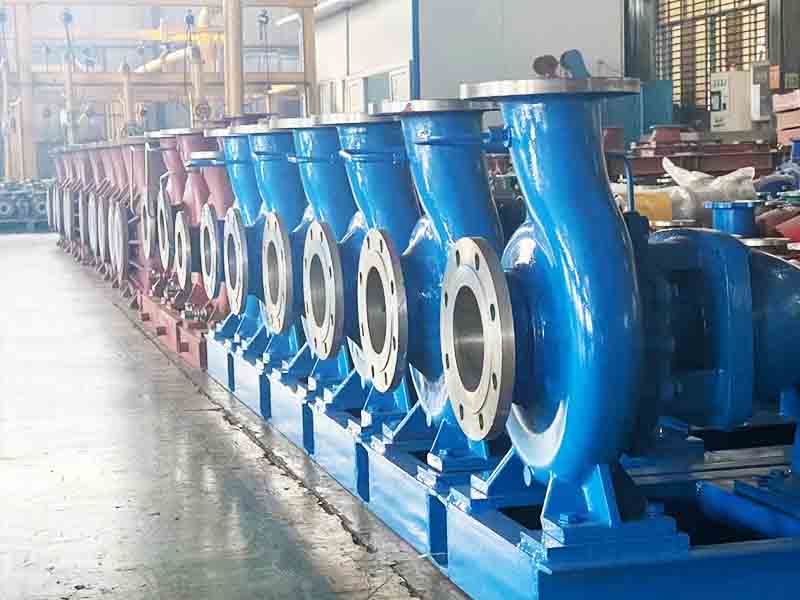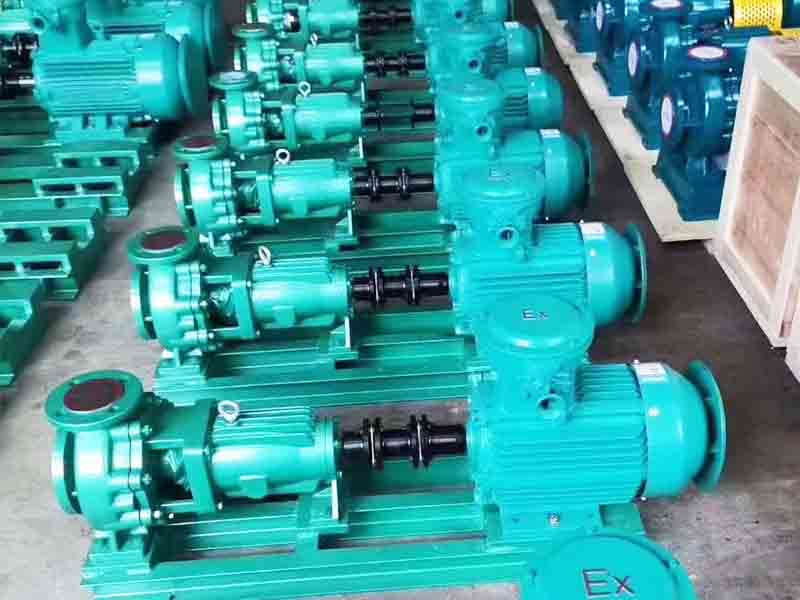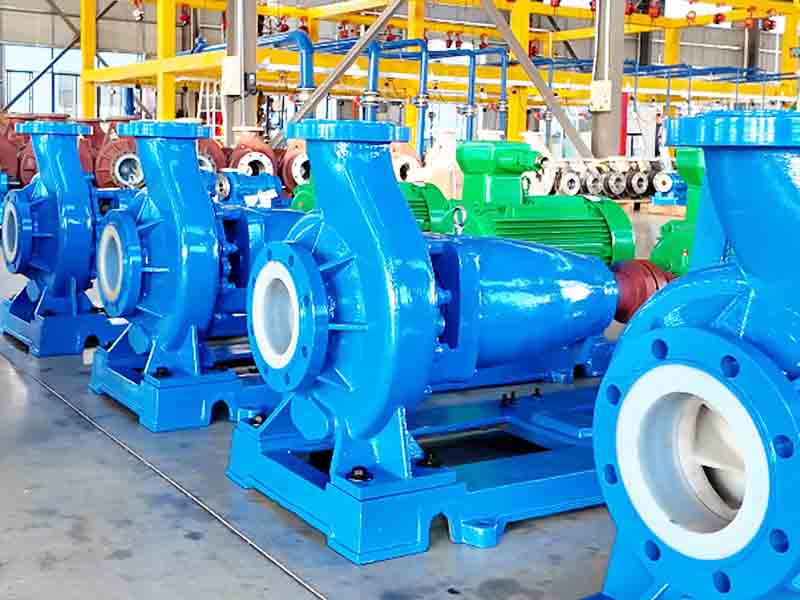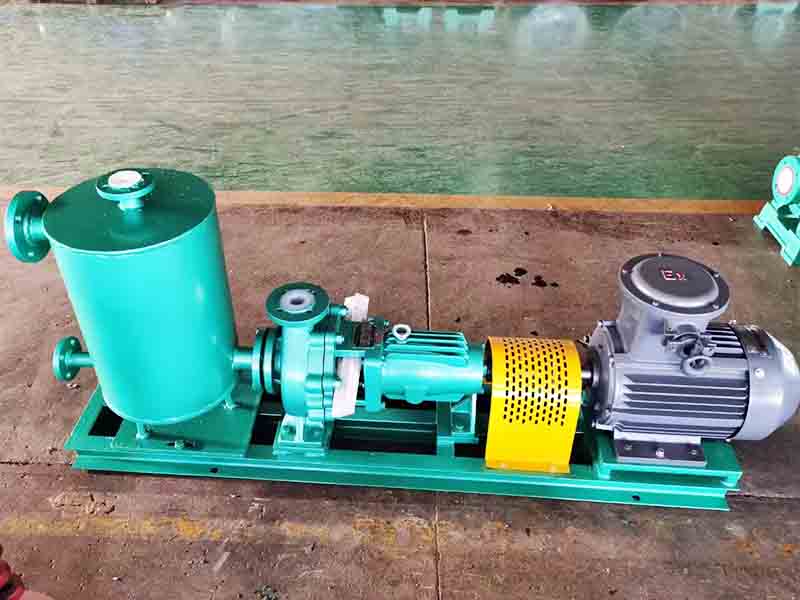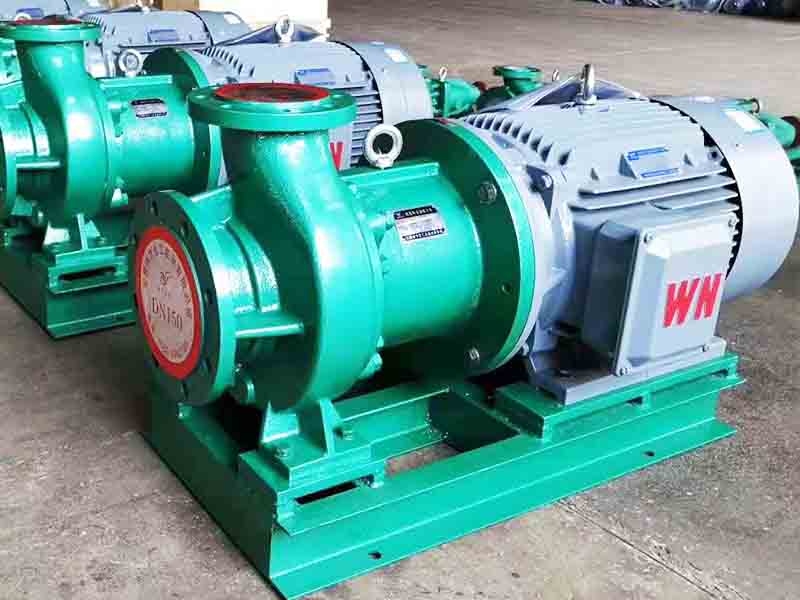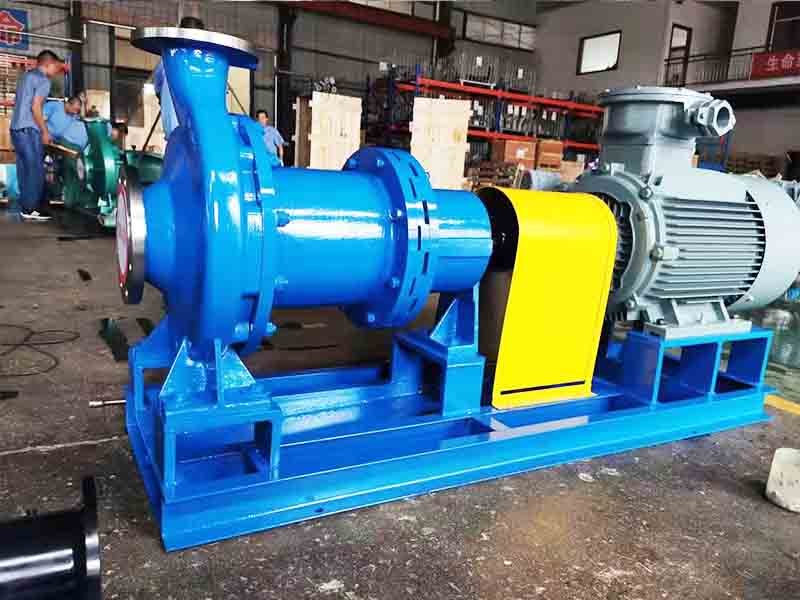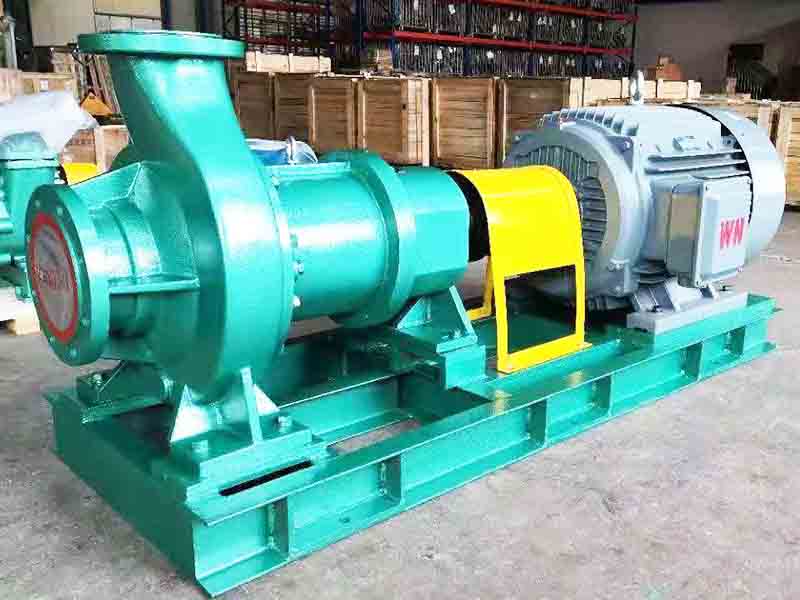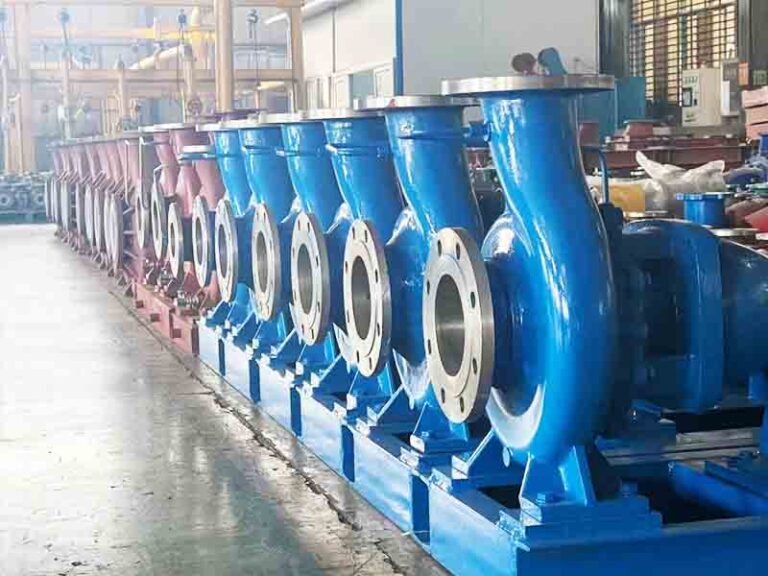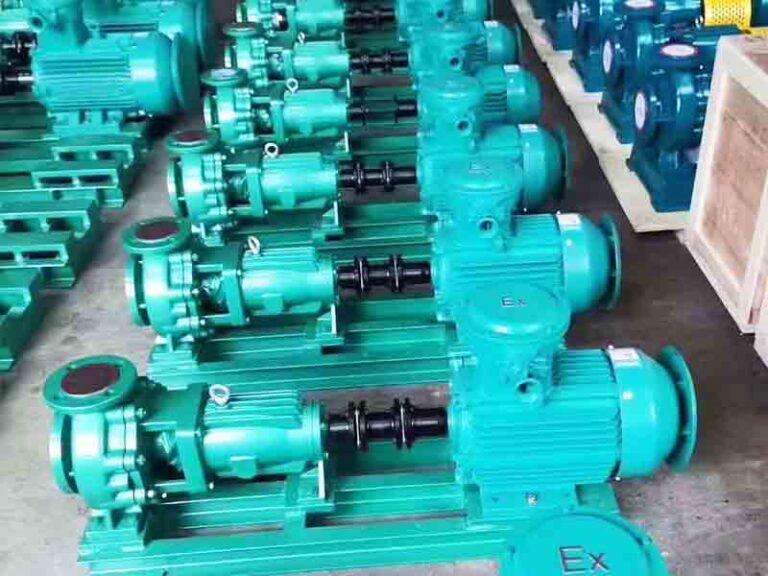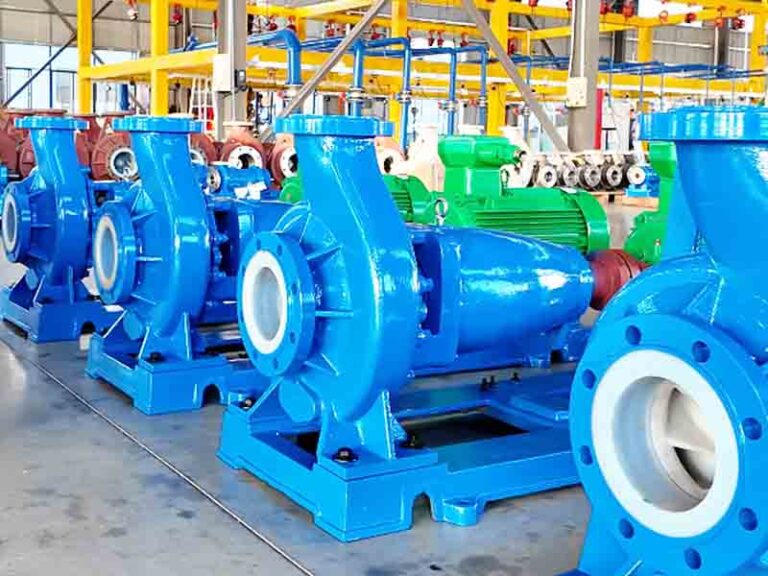In the industrial production process, the stable operation of pump equipment is crucial to the continuity and efficiency of the whole system. And pump seals as a key component of the pump equipment, its performance directly affects the pump’s working condition. The wrong choice of seals will not only lead to a decline in pump performance, but also may trigger fluid leakage, equipment failure, and even bring high maintenance costs. In this paper, we will systematically introduce the common types of pump seals, analyze their characteristics, applicable scenarios and selection points.
Single Seal
Single mechanical seal is the most basic type of seal in centrifugal pumps, which contains only one sealing interface. Its structure is mainly composed of a static seat and rotating sealing head, the rotating parts closely fit the static seat, forming an effective sealing barrier, thus restricting the pump fluid in the system to prevent leakage into the external environment.
It is meant for non-hazardous fluid, non-abrasive fluid that does not easily crystallize when in air (eg: inline lubrication). A single seal is for that use-case, where low-sealing need and maintenance is easy and cost-efficiency are most essential. This can keep excellent performance at temperature and pressure stability.
Single seal properties: easy to install and low capital cost, but in the case of gaseous and high-viscosity fluids it can be insufficiently effective and the (other) seals have to be considered the advantage is.
Double Seal
When centrifugal pumps are used to transfer hazardous, toxic or valuable fluids, double seals are a more reliable option. A double seal consists of two separate seals in series: the inner seal is responsible for keeping the fluid inside the pump, while the outer seal further prevents possible leakage.
Between the double seals, there is usually an isolation fluid system that serves multiple functions: providing lubrication and cooling to the seal faces, establishing pressure above the process fluid in the magnetic pump, and detecting seal failure. Depending on the design and application requirements, the isolation fluid can be either at atmospheric pressure (buffer fluid) or pressurized (isolation fluid).
When selecting a double seal, the characteristics of the fluid need to be taken into account, such as strong corrosive or high-pressure environments, double seals can provide more reliable protection. In addition, double seals can significantly improve operator safety by reducing the risk of exposure to hazardous fluids in the event of a primary seal failure. However, double seals are more complicated than a single seal and need an external supply of clean fluid to bleed pressure as well which makes them more difficult to install.
Balanced Seals
Perhaps the most critical application (in my humble opinion) of balanced mechanical seals, especially at high-pressure fluid and integral part of centrifugal pump proper operational packaging. They are designed to reduce hydraulic loads on the sealing surfaces, minimizing heat generation and wear, resulting in long, stable operation.
At the heart of a balanced seal is the precise design of the balance ratio, a parameter that determines the seal’s ability to cope with fluid pressure. Thanks to the stable setting of balance ratio, the seal can be preserved and failure prevented in advance because of fluctuating pressure.
It can be used in high pressure as well as low-high viscosity fluids without loss and also assure performance under a wide temperature range. And on top of that, by minimizing friction losses balanced seals drive energy savings growing advantages in applications where energy efficiency and reduced operational costs are paramount. Finally, balanced seals are mandatory for the mag-drive pump system reliability of hazardous substance processes and reduce environmental impacts.
Unbalanced Seals
Unbalanced mechanical seals are categorized according to the pressure distribution on the sealing face and are typically used in low pressure applications. This type of seal has only one sealing surface to withstand the hydraulic load of the pumped fluid, fluid pressure will make the sealing surface to produce separation tendency, the formation of unbalanced state.
Non-equilibrium seals are simple, low-cost, and popular in many conventional applications, and are capable of effectively sealing a wide range of fluids within the design pressure range. However, due to the high forces on the sealing surface, in high pressure environments, non-equilibrium seals may experience increased wear or even failure, resulting in a shortened service life.
When selecting a model, the fluid pressure in the chemical pump must be strictly considered to avoid using it under conditions that exceed the recommended pressure range, which may result in seal leakage or pump body damage. However, in suitable low-pressure application scenarios, unbalanced seals can still provide reliable sealing performance.
Push Ring Seals
The main difference between push ring seals and non-push ring seals is the dynamic secondary sealing element. Push ring seals use a spring to push a dynamic O-ring or wedge ring axially along the shaft or sleeve to compensate for wear and misalignment of the sealing faces and ensure long-term sealing effectiveness.
The adaptive capability of the push ring seal excels in applications where conditions are highly variable. However, this adaptability also places greater demands on the materials used for the secondary sealing element, which need to have good abrasion resistance to cope with constant axial movement.
Push ring seals are suitable for most moderate conditions, but at high speeds or when conveying abrasive, high viscosity fluids, the dynamic sealing element may wear out faster, so they need to be carefully selected according to the specific conditions.
1.6 Non-Push Ring Seals
Non-push ring seals are designed with a fixed structure where the sealing face does not move along the shaft or sleeve to accommodate wear or thermal expansion of pump internals. Unlike push ring seals, non-push ring seals rely on a static sealing method to maintain seal integrity.
The reliability of this type of seal stems from its self-contained construction, where all components are precisely aligned and are not dependent on the condition of the shaft or sleeve surfaces. Since there is no sliding movement of the sealing elements, wear is reduced, making them particularly suitable for handling fluids with large temperature gradients or active chemical properties. Non-push ring seals also maintain good sealing performance with longer service life and shorter maintenance intervals when conveying viscous media or fluids containing suspended solids. Non-push ring seals are a cost-effective choice for industrial users seeking durability and reduced maintenance costs.
Cartridge Seals
Cartridge seals are pre-assembled mechanical seals that offer significant advantages in terms of ease of installation and replacement, significantly reducing downtime during maintenance or repair. Their precise pre-assembled design ensures good sealing performance and shaft alignment.
The cartridge seals are self-aligning, adapting to slight misalignment, runout or axial runout of the pump shaft to maintain efficient operation even under complex conditions. In addition, its robust structure enables it to withstand harsh operating environments, and reliability is significantly improved.
Conventional Seals
Conventional mechanical seals are the classic choice for centrifugal pump seals. Unlike cartridge seals, they consist of separate rotating and stationary parts that need to be manually assembled around the centrifugal pump shaft. The installation process requires careful handling and ensures precise alignment of the components for good sealing and optimum performance.
Conventional seals have a rotating sealing face mounted directly on the pump shaft or sleeve, working in conjunction with a stationary sealing face held in place by a gland. The sealing face material is selected based on fluid properties, temperature and pressure, and a spring mechanism provides the necessary pressure to keep the rotating face in close contact with the stationary face to prevent fluid leakage.
Conventional seals are suitable for applications with high installation accuracy, but are prone to misalignment problems after operation or maintenance, and have relatively high maintenance requirements. For pumps in non-continuous operation or less demanding conditions, conventional seals are a solution that balances simplicity and economy.
Key Considerations When Choosing Different Types of Mechanical Seals for Pumps
Conveying Fluid Type
The nature of the fluid is the primary consideration in the selection of seal type. Fluid cleanliness, lubricity and volatility and other characteristics, will directly affect the mechanical seal and its auxiliary system design. For example, clean, low volatility fluid has lower seal requirements, while abrasive fluids containing particles require more wear-resistant seal materials and structures.
Pump Fluid Pressure
The fluid pressure on the sealing surface has a significant effect on seal performance. Under low-pressure conditions, unbalanced seals are usually adequate; in high-pressure environments, balanced seals are a more reliable choice due to their excellent pressure adaptability.
Temperature
Temperature has a significant impact on seal performance. At high temperatures, balanced seals perform better than unbalanced seals, protecting heat-sensitive sealing components and maintaining the stability of the sealing system.
Operator Safety
Operator safety is always a priority. Dual mechanical seals provide additional safety for operators by reducing the risk of leakage of hazardous fluids due to their higher sealing reliability.
Industry-specific Requirements
Different industries have different standards and requirements for pump seals. The pharmaceutical and food processing industries require seals that meet strict hygiene standards; the oil and gas industry requires high-performance seals such as metal bellows seals or dry gas seals; and the water treatment industry often uses Grundfos mechanical seals to ensure long-term stable fluid management performance.
Conclusion
The choice of pump seal type is directly related to pump reliability, efficiency and safety. Understand the characteristics and applicable scenarios of different types of single seals, double seals, balanced seals, etc., and comprehensively consider factors such as fluid properties, pressure, temperature, safety requirements and industry specifications in order to make the most appropriate seal selection decision.
In practical applications, it is recommended to cooperate with professional pump seal manufacturers, according to the specific needs of the working conditions, select the most matching seal products, so as to protect the stable operation of the pump equipment, reduce operating costs and potential risks.


